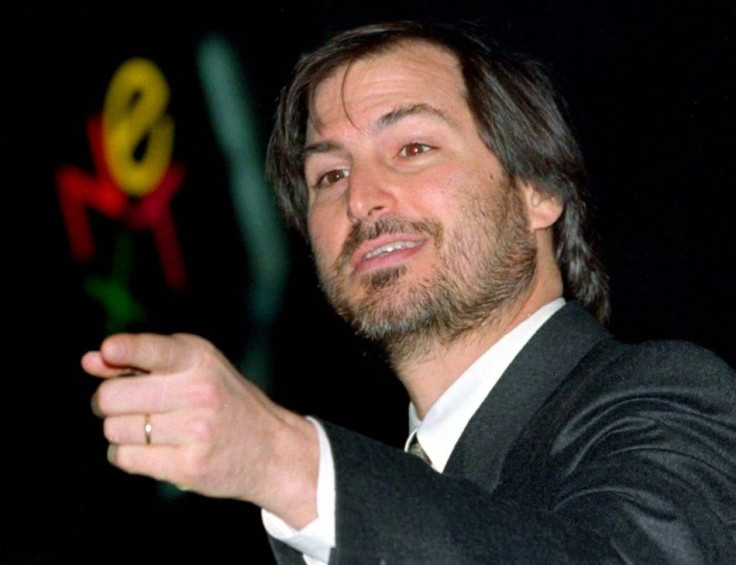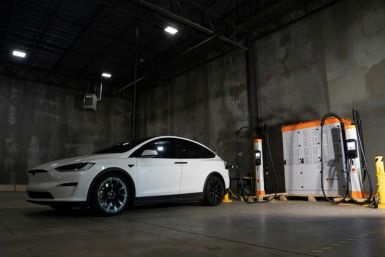Steve Jobs' Top 10 Game Changing Moments with Apple after Year 2000

Steve Jobs is the co-founder, chairman, and former chief executive officer of Apple Inc. Jobs also previously served as chief executive of Pixar Animation Studios. In August 2011, Jobs resigned as CEO of Apple, but remained at the company as chairman of the company's board, and hours after the announcement, Apple’s shares dropped 5% in after-hour trading
1. January, 2000: Steve Jobs, after being back at Apple for two and a half years, finally got a bonus and became Apple’s official CEO on a full-time basis. The Cupertino-based company announced a quarterly operating profit of $178 million, or $1.00 per share, and surpassed the 89 cents per share anticipated by Wall Street analysts at that time. The company’s board of directors voted unanimously to give the bonus based on the company's financial performance during Jobs' tenure.
2. August, 2000: Apple’s then CEO, Jobs, demonstrated some of the features that would be found in Mac's OS X. The demonstration included additions like the “Dock” which stores documents, the applications and the integrated miniaturized windows. Jobs also demonstrated Internet Explorer 5 running with Shockwave and Flash.
3. May, 2001: This was a significant year for Apple as the company (then known as Apple Computer) announced that it would open 25 retail stores across the United States by the end of the year. The stores, according to Apple, were an attempt to show the customers, who had chosen the IBM standard, how easy it is was to use a Mac. Two stores were planned – one on the East Coast in McLean, Va. and the other in the Glendale Mall in Glendale, California. The stores would also allow customers to make movies, burn music CDs, network computers and put digital pictures on a website.
4. September, 2001: Steve Jobs, after showing his interest for Palm back in 1998, expressed his desire yet again to buy Palm. Back in 1998, both Steve Jobs and Bill Gates offered to buy Palm from 3Com. Later, however, Jobs lost interest in Palm and refused to comment about his interests.
5. October, 2001: This was the month when the first ever iPod was announced by Jobs and expectations were high about how FireWire can transfer MP3s from a Mac to the iPod. The new device was initially priced at $400 and was smaller than any other digital music player on the market. The device could autosync with Mac and iTunes and would come in with a built-in FireWire. The critics thought the device was overpriced as other MP3 players in the market were priced at $250-$300.
6. April, 2003: Apple opened the very first iTunes Store and released a redesigned version of iPods, and a newly integrated iTunes 4. The new device would now be available in 10 GB, 15 GB, and 30 GB sizes. The new iTunes 4 integrated the iTunes Music Store. Users were able to preview and download songs directly to the iTunes library.
7. August, 2004: Steve Jobs underwent a surgery to remove a cancerous tumor from his pancreas. He wrote that he had a very rare form of pancreatic cancer called an islet cell neuroendocrine tumor that could only be cured by surgical removal if diagnosed in time. Tim Cook, then Executive Vice President of Worldwide Sales and Operations, took over responsibility of the company.
8. August, 2004: This was the same month when Apple filed for a tablet design trademark in Europe. The drawings looked like a PDA which it was not. Critics said that the device would feature an 8-inch screen and serve as an iMac Junior.
9. November, 2006: Apple announced the MacBook Pro, a notebook that would be built using Intel's Centrino Core Duo chipset technology. At the time people said that the new device would destroy the Powerbook line. Jobs said that the device would be 4 to 5 times faster than the Powerbook G4.
10. January, 2007: Apple announced the first ever iPhone. Steve Jobs said that 11.6 mm-thick phone would run on OS X, would feature a 3.5-inch wide touchscreen that could be navigated using Apple's multi-touch technology, a Home button, a two-megapixel camera, 4 GB or 8 GB of storage, Wi-Fi, quadband GSM radio with EDGE, and Bluetooth.
Must Read: Steve Jobs Retires as CEO: Top 10 Biggest Achievements of Apple with Jobs as CEO (PHOTOS)
© Copyright IBTimes 2024. All rights reserved.











